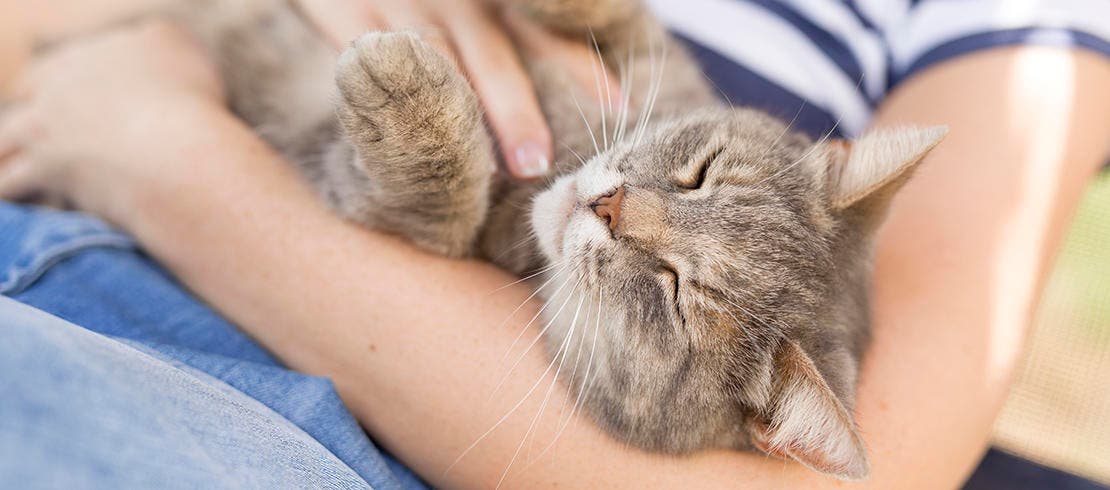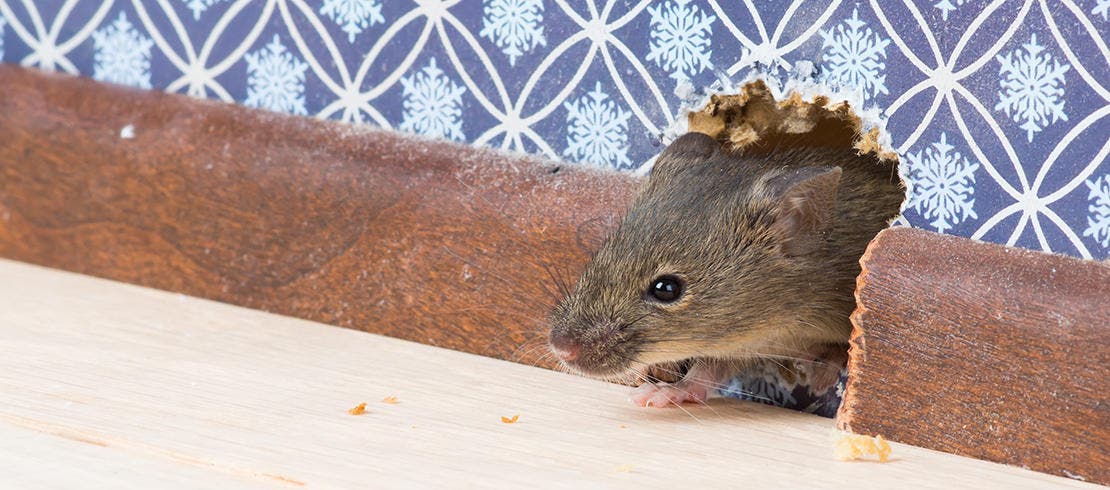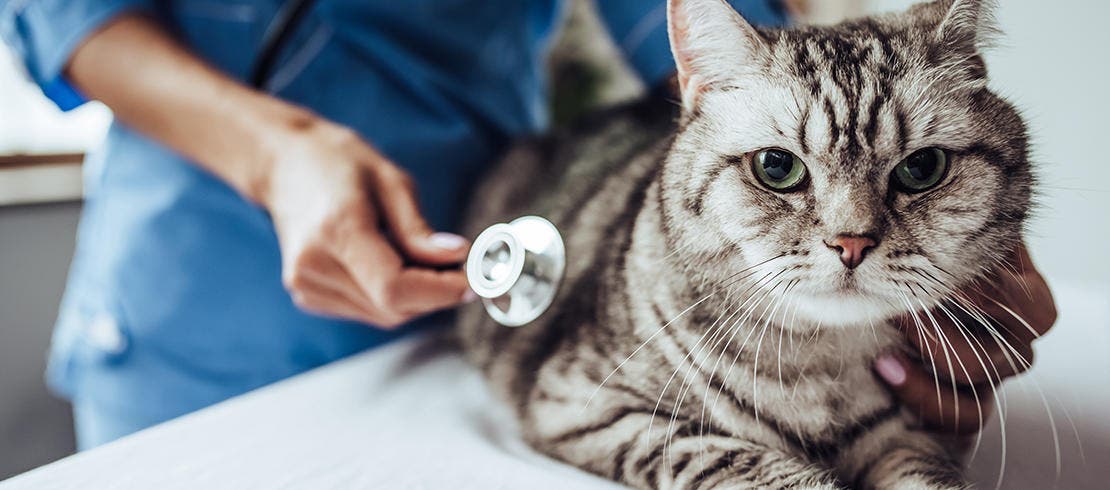Can indoor cats get fleas? In short, yes.
It’s a very common misconception that indoor-only cats can’t pick up fleas and it can be a nasty shock when an infestation strikes.
The truth is that all cats are at risk of picking up parasites such as ticks, intestinal worms and fleas whether they spend their days rummaging through the undergrowth or lounging on the sofa. While strictly indoor cats are at lower risk of parasites than their outdoor counterparts, it’s still important to protect your pet against these troublesome critters.
So, how do indoor cats get fleas and how can you stop it happening? Read on to find out more.
Potential flea transmitter #1: Other pets
Top of the list of culprits our other family pets. Your dog or other cats could bring fleas into the house, once indoors, fleas may happily jump ship and feed on your house cat laying eggs in your soft furnishings.
This means visiting pets are a risk too. Make sure to check visitors’ animals are protected with a preventative flea treatment before letting them into your home.
You’ll be relieved to know that there are plenty of things you can do to reduce the risk of a flea infestation. Flea and tick prevention starts with regular anti-parasite treatment for all animals in the household, including indoor cats.
Advantage Spot-on flea treatment for cats kills fleas through contact within 24 hours. Advantage spot-on is easily applied to the back of the neck. Use once a month to fight fleas.
Whenever applying flea treatments, always make sure you read the label and consult your vet if you’re unsure. Remember that some dog products are toxic to cats of any age and you can’t always use cat treatments on very young kittens.

Potential flea transmitter #2: Humans
While the common cat flea prefers fluffy hosts, they will happily bite humans and hitch a ride on our clothes and shoes. Once a preferable victim is nearby, fleas will easily jump more than 100 times their own length to transfer from person to pet.
OK, so it’s not practical to check every person that comes into your home for fleas and ticks, but there are things you can do to reduce the chances of a flea infestation. Regularly cleaning your home, vacuuming floors, carpets and upholstery, can help destroy flea eggs and flea larvae and get rid of any invaders brought in by people. Wash guest sheets and towels after a stay and routinely put your pet’s bedding and blankets on a hot wash cycle.
Check your pets too, grooming your cat with a flea comb and gently parting the fur to look for the tell-tale signs of bites, flea dirt or the fleas themselves.

Potential flea transmitter #3: Wild animals
An indoor cat isn’t going to be stalking prey through the wilds of the neighbours’ gardens, but you might be surprised to learn that they may get an opportunity to hunt in your home.
Wild animals, particularly rodents, can make their way inside, particularly if you live in the countryside, have a garden, a cellar or an attic. While these critters are unlikely to want to stay within claws reach of a healthy cat, rats and mice and the like are hotbeds for fleas. It’s certainly possible, especially if you end up with an infestation, that they can drop flea eggs in the home, which can then hatch and find their way to your cat.
Cats in themselves help discourage rodents, but you can help too by keeping your counters free of food and waste. Make sure your kitchen bin has a heavy lid, empty it regularly and consider keeping it outside. Food scraps should be immediately transferred to the compost pile, if you have one, or thrown away.
If hungry invaders are still a problem, check your home for possible entry points, sealing up gaps in doors and windows and putting grills over openings for ventilation and plumbing. You might find it helpful to consult an expert in pest control who can advise you about prevention.

Potential flea transmitter #4: Trips out
Sooner or later your indoor cat will become an outdoor cat, at least temporarily, such as when you need to take them to the vet, to the groomers or even a cat boarding facility or pet sitter.
Here, they can come into contact with other animals and could potentially pick up fleas. The best protection is a regular flea treatment, so keep a calendar reminder to stay up-to-date with regular doses.

Potential flea transmitter #5: Second-hand items
Pets love sleeping on our soft furnishings, whether that’s cosying up to us on the sofa or lolling across our cushions. The problem is, when a pet has fleas, large numbers of eggs can fall off their coat into the environment, especially in places they rest, sleep and play.
While your cat might not be infected, second-hand goods may be! Keep this in mind and when bringing back bargains from charity shops, flea markets and even antique stores, and conduct a thorough clean. Any soft furnishing should be washed on a hot cycle and tumble dried, if possible, and other items like furniture and luggage should be wiped down to remove any potential flea eggs.

Potential flea transmitter #6: Moving into a new home
Just because the people and pets have moved out, doesn’t mean the fleas have. Flea eggs can take up to a year to develop into flea larvae, pupae and adults, and flea pupae can lay dormant for months, waiting for their next host.
Thanks to central heating, our homes stay warm and cosy year-round, providing the ideal temperature for fleas to thrive whether it’s summer or winter.
When you move to a new house, plan for the worst and hope for the best. Clean your new home as though it has an infestation. You can do this yourself or simply call in the professionals.

By now you’ve probably realised that fleas are crafty critters that can smuggle themselves into our homes in many surprising ways, from hitchhiking on unwanted rodents and visitors, to leaving dormant eggs in soft furnishings.
What’s more, don’t forget that indoor cats are never truly 100% indoors – vet, groomer and cattery trips are prime opportunities to pick up fleas! Fleas can cause all kinds of health problems and can be hard work to get rid of, so, no matter how much time your cat spends indoors, it’s important to keep them protected.
Learn more about Advantage Spot-on flea treatment for cats to keep your feline happy and healthy.

